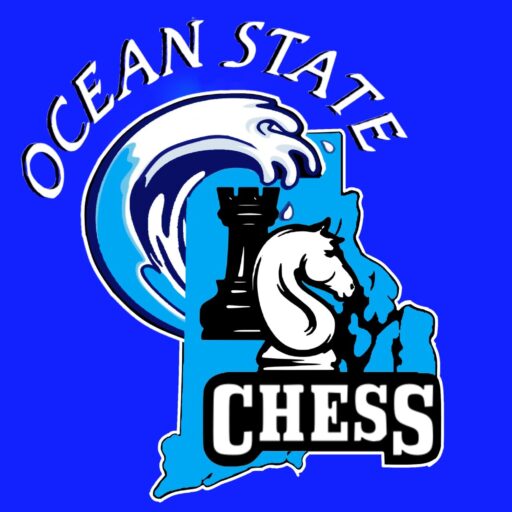Ocean State Chess Association is the Official R.I. State Affiliate of the United States Chess Federation
OSCA Newsletter/Journal (November/December 2024)
SEE NEWSLETTER HERE-RHODE ISLAND STATE CHAMPIONSHIP 2024
SUMMARY & GAME ANALYSIS (Click Below to Read Newsletter by Matthew Freeman)
https://www.chess.com/blog/squarethecurve/2024-rhode-island-state-championship-recap

on November 23, 2024
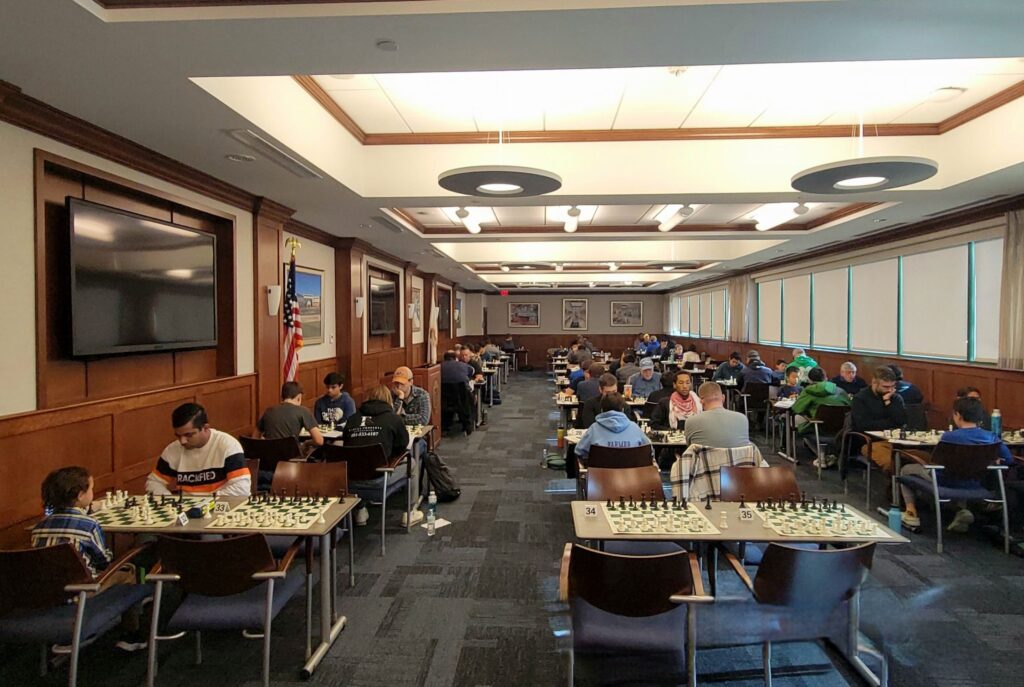
players at the 2024 R.I. State Championship
OSCA Newsletter/Journal (September/October 2024)
SEE NEWSLETTER HERE – MAX MALYUTA MEMORIAL RECAP & GAME ABNALYSIS
ON OCTOBER 12th – NATIONAL CHESS DAY (Click Below to read Newsletter by Matthew Freeman)
https://www.chess.com/blog/squarethecurve/tourn-recap-10th-malyuta-memorial-oct-12th

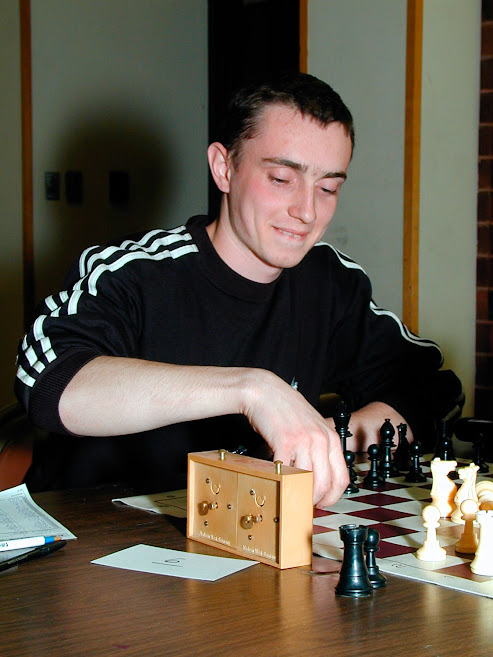
OSCA Newsletter/Journal (July/August 2024)
“Safe Play” Course – First Required to be completed by Tournament Directors & Organizers by June 1, 2024. Now a mandatory requirement since August 4, 2024
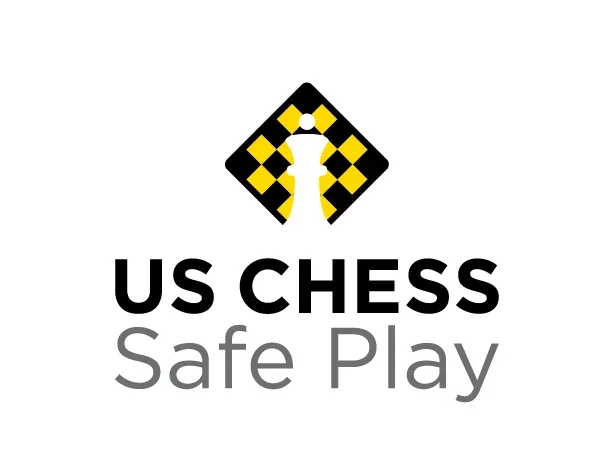
JULY / AUGUST 2024
US Chess has entered into partnership with the U.S. Center for SafeSport, a Congressionally chartered organization that is dedicated exclusively to ending sexual, physical, and emotional abuse on behalf of athletes everywhere. It was established in 2017 to help abuse prevention, education, and accountability take root in every sport covered by the U.S. Olympic movement. The U.S. Center for SafeSport makes its training and education resources available to other organizations outside of the Olympic movement.
US Chess will require all US Chess-certified Tournament Directors (TDs) to complete the authorized core training from the U.S. Center for SafeSport by June 1, 2024 before they can become or remain certified by US Chess. Annual refresher training will then be required to continue their certification. This policy applies to persons who already hold Tournament Director credentials and those who are seeking certification. According to the U.S. Center for SafeSport, “the core training offers a comprehensive 90-minute overview of facts, principles, and strategies to help you provide safe and positive sport environments.
_______________________________________________________________________________________________________________
* ALL 13 Ocean State TD’s have completed the “Safe Play” Certified Course required by USCF
Current SafeSport Trained TDs Database: Please Click Here
_______________________________________________________________________________________________________________
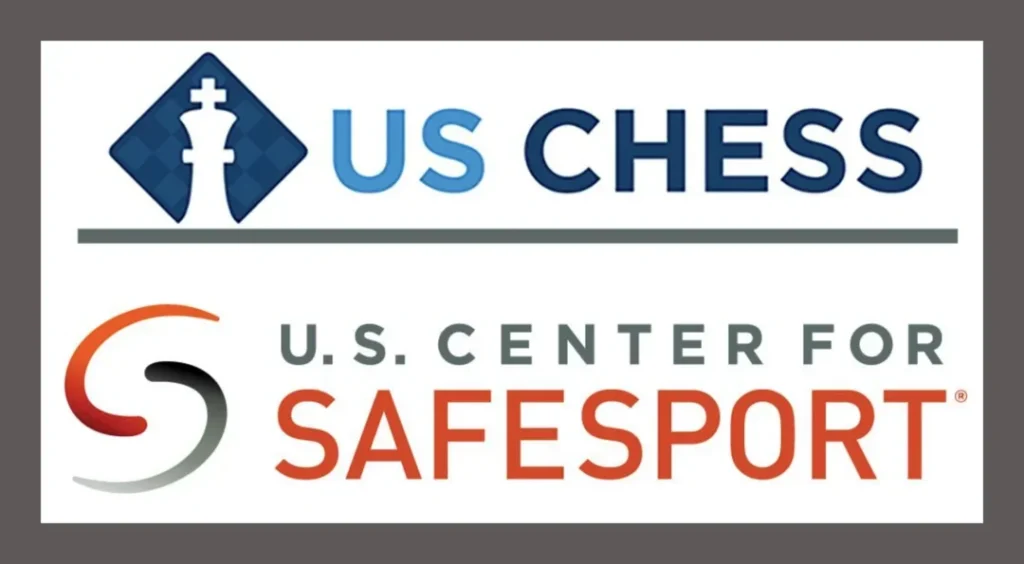
Click below – for USCF Safe Play Hub Information
https://new.uschess.org/us-chess-safe-play-hub
______________________________________________________________________________________________________________________
OSCA Newsletter/Journal (MAY/JUNE 2024)
May Analysis Game of the Month (Click Here)
Event – Cranston Chess Club (Week 4) G/45;d10 – May 23, 2024
Bartlett, Timothy R (1664) – Freeman, Matthew H (1898) [B19]
[annotated by: Freeman, Matthew]
[This game was played at the Cranston Chess Club which is held every Thursday night around 6:30 at Legion Bowl. Here is a typical display of the untapped strength in the Rhode Island player pool, as far as I’m concerned. It feels like many of the youth and adult improvers alike are on the brink of expert status. Whenever we get visitors from adjacent states, one of these underrated characters inevitably sends someone home dazed, confused and minus a dozen or so elo. I was lucky to come out on top this time, armed with a healthy respect for my opponent.]
1.e4 c6 [The Caro Kann has been a mainstay of mine since moving to Rhode Island. I doubt that I’ll ever drop it from my repertoire at this point.]
2.d4 d5 3.Nc3 dxe4 4.Nxe4 Bf5 5.Ng3 Bg6 6.h4 h6 7.Nf3

7…Nf6!? [better is 7…Nd7 the main line e.g. 8.h5 Bh7 9.Bd3 Bxd3 10.Qxd3 e6 {with a slight advantage for White}]
8.h5?! [I was curious if Tim would follow me down this sideline. He’s an incredibly strong player when he’s still in theory, so I tried to drag him into the woods. 8.Ne5 Bh7 9.Bd3 Bxd3 10.Qxd3 e6 11.Bd2 In my estimation, White has a slightly larger edge here as compared to the main line due to his space advantage and tempo in hand… a small positional gambit in search of virgin territory. 11…Be7 12.0–0–0 Nbd7 13.f4! 0–0 {with a slight advantage for White}]
8…Bh7 9.Bd3 Bxd3 10.Qxd3 e6 11.Bd2 [The main line as I see it follows 11.Bf4 Qa5+ 12.Bd2 Bb4 13.c3 Be7 14.c4 Qc7 15.0–0–0 Nbd7 16.Kb1 11…Nbd7 12.0–0–0
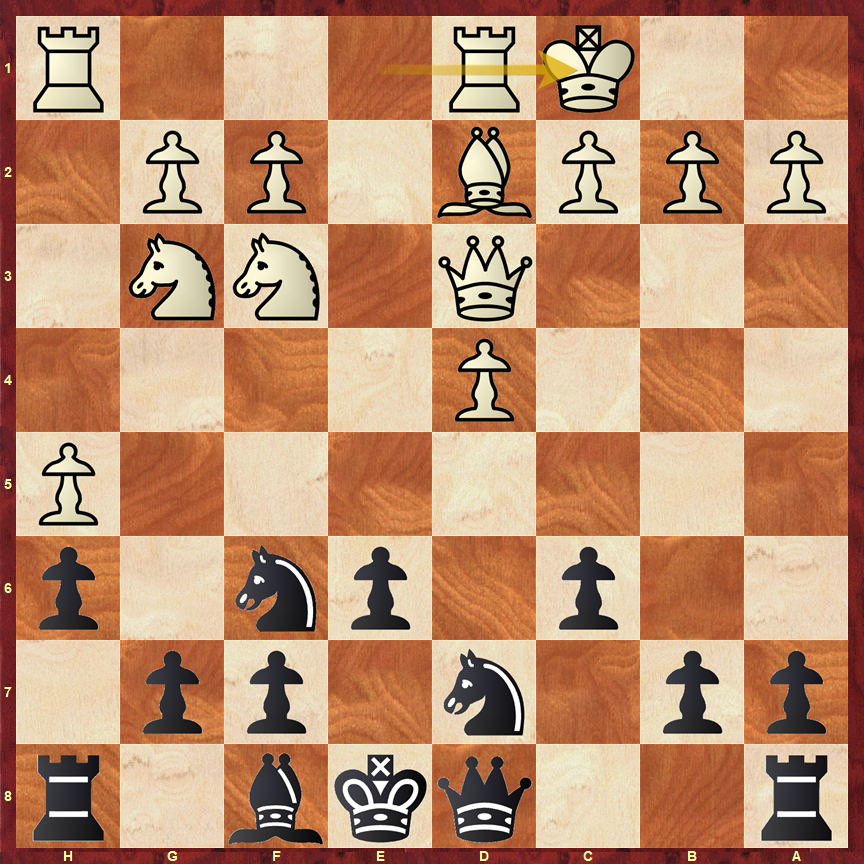
12…Bd6?! [Here I convinced myself that I am entitled to the more aggressive bishop post due to White’s unwillingness to attempt a steal with Bf4; instead, White has an initiative.] [12…Be7! 13.Kb1 0–0 14.Ne4 c5∞]
13.Ne4! Nxe4 [I teach my students that knights are more valuable than bishops as a rule in the Caro; here, I part with a knight as punishment for my bishop’s greed.]
14.Qxe4 {with a slight advantage for White} Nf6 15.Qd3!? [15.Qe2! is more accurate, maintaining contact with the key squares e5 and f2. 15…Qc7 16.Kb1 0–0–0 (16…0–0? allows a swift attack starting with 17.g4!) 17.Ne5 {with a slight advantage for White}]
15…Qc7 16.Kb1 {with a slight advantage for White} 0–0–0!? [16…0–0?! is possible due to the White queen’s position, but I’m not a fan of castling into pawn storms unprepared. Breaking through right away with 17.g4!? is not the most accurate due to the unique weakness of the f2 square. (better is 17.Rdg1! Ng4 (17…Bf4 18.g4 Nh7 19.Ne5 Bxd2 20.Qxd2 c5 21.f4 Rad8 22.g5 and it’s very difficult to hold this position.) 18.Qe2 c5 19.Ne1 Nf6 20.g4 with a venomous attack.) 17…Nxg4 18.Rdg1 (18.Rhg1 f5) 18…Nxf2 19.Qe3 Nxh1 and white would be losing if not for the miraculous 20.Rxg7+!! Kxg7 21.Qxh6+ Kg8 22.Qg5+ Kh7 23.Qh6+ Kg8=]
17.c4
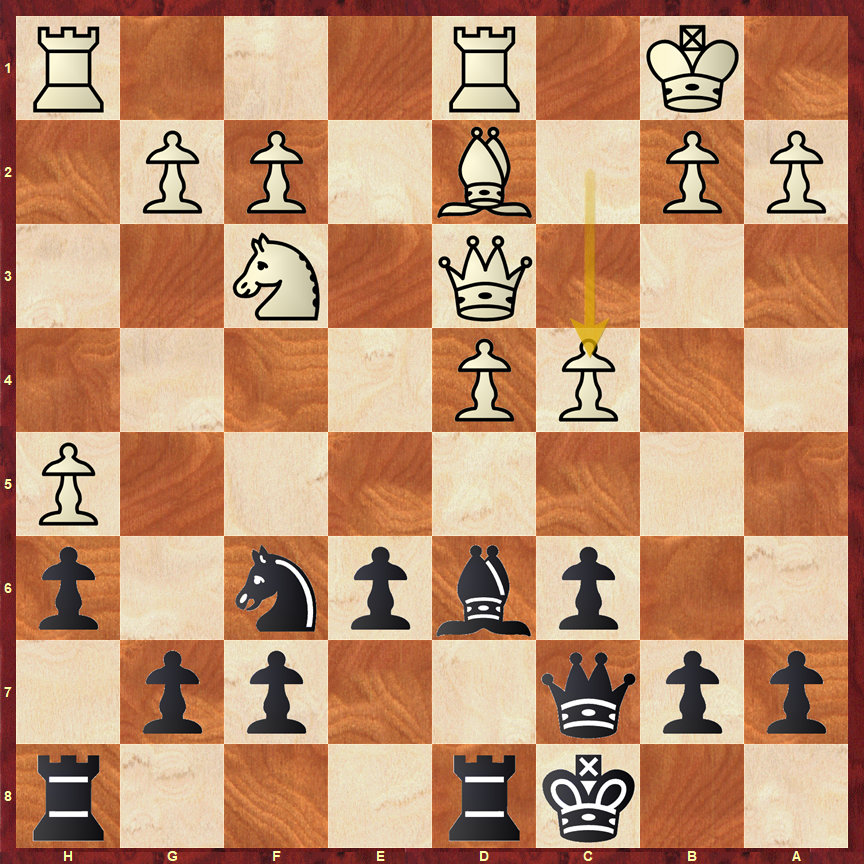
17…Ng4!? [The normal defense to this thrust is 17…c5 but I was anxious regarding my king’s pawn cover. 18.Bc3 Rhe8 19.g3 Kb8 20.Qe2 cxd4 21.Nxd4 a6 with more air around my king than I prefer.]
18.Qe2 Rhe8 19.Rh4?! [At the time, I expected 19.Bc3 Qe7 20.Nd2 f5 21.f3 Nf6 22.Nb3 White’s space advantage is unpleasant, but this is manageable. It will be necessary at some point for Black to organize a break with e6–e5.]
19…f5= 20.g3 c5! {The momentum is swinging to Black.}
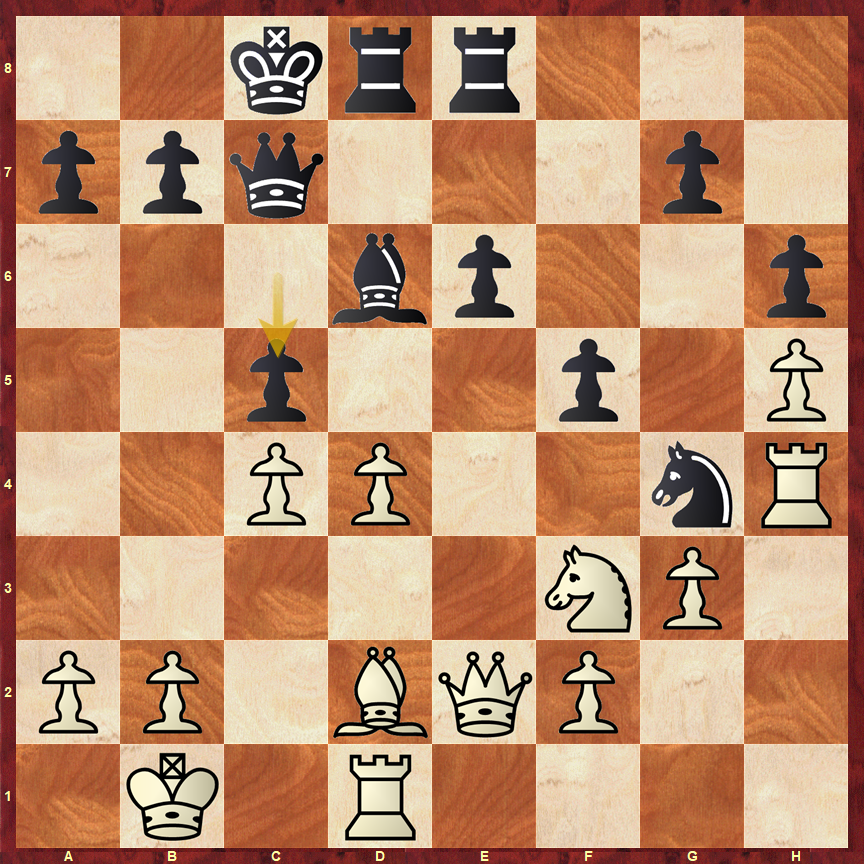
21.Qe1? [Unprotecting the knight has dire consequences.] [21.Bc3 Qc6 22.dxc5 Bxc5 23.Rxd8+ Rxd8 24.Ne5 Nxe5 25.Bxe5=]
21…Qc6 {Black has a large advantage} [21…e5 22.dxe5 Qc6 23.Qe2 Nxe5 was possible but I couldn’t discern the difference and wanted to keep his h4 rook bottled up.]
22.Ne5? [I expected 22.Qe2 after which 22…Be7! forces an exchange sacrifice 23.Rxg4 (Worse is 23.Rh3 Qe4+! 24.Qxe4 fxe4 25.Ne5 Nxf2–+) 23…fxg4 24.Ne5 Qc7 {Black is much better}]
22…Bxe5 23.dxe5 Qf3 [Black’s relative piece activity and control of key squares f2 and d1 combine for a winning advantage.]
24.Rc1 Rd3 25.Rxg4 fxg4 26.Be3 Red8–+ 27.Qa5
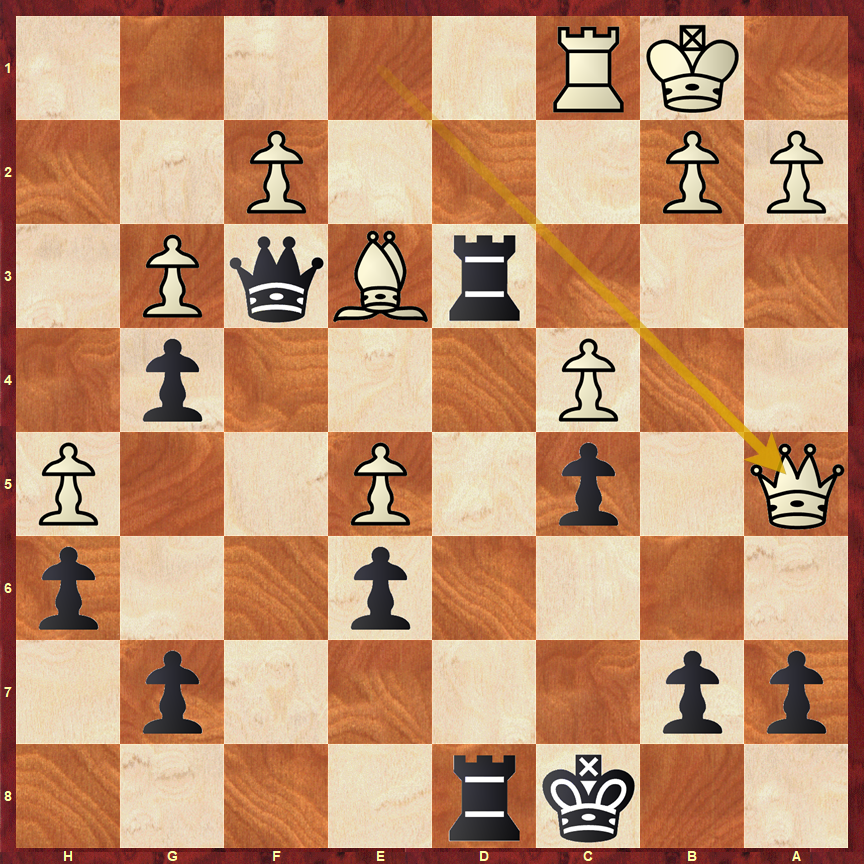
27…Rd1?? [I spent most of my remaining time and was blind to the fact that my king was perfectly safe after 27…Kb8! 28.Bxc5 b6 29.Bxb6 axb6 30.Qxb6+ Qb7 During the game, I thought this line ended in a perpetual, but alas the queen swoops in with extra rook in hand.]
28.Qxc5+ [Now my king must go on walkabout.]
28…Kd7 29.Qxa7?! [29.Qb5+ Ke7 30.b3 Kf7 31.Rxd1 Rxd1+ 32.Kb2 is not that easy for Black to convert. 32…a6! 33.Qb4 Rh1 34.Qd6 Qc6! 35.Qd4 Rxh5 With enough calculation, we can see that White is helpless with his passive bishop.]
29…Rxc1+?! [29…Qe4+ 30.Ka1 Qc2! 31.Qxb7+ Ke8 was my calculation in game, but I couldn’t pull the trigger on this theme while suffering time trouble.]
30.Kxc1 Ke7??
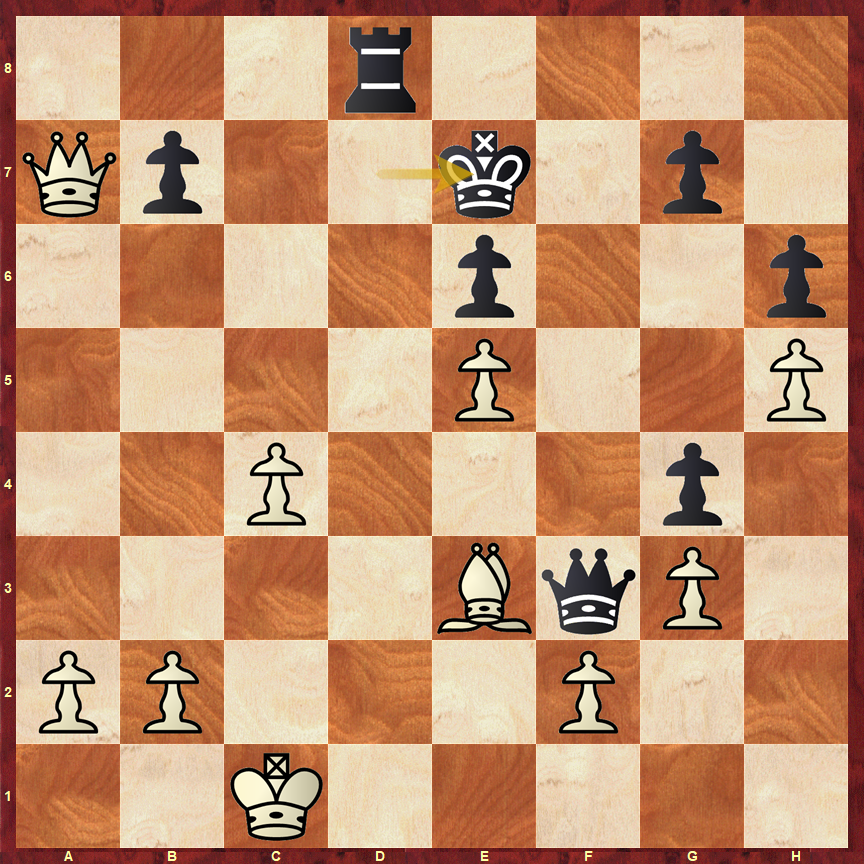
31.Qa4?? [31.Bc5+ Kf7 32.Bd6 Tim showed me this defensive construction after the game. I honestly don’t see a great way for Black to continue. All three results would have been on the table in my opinion.]
31…Qh1+ [Tim simply missed this puzzle rush theme in time trouble. 32.Kc2 Qd1+ 33.Kc3 Qxa4]
White Resigned 0–1
